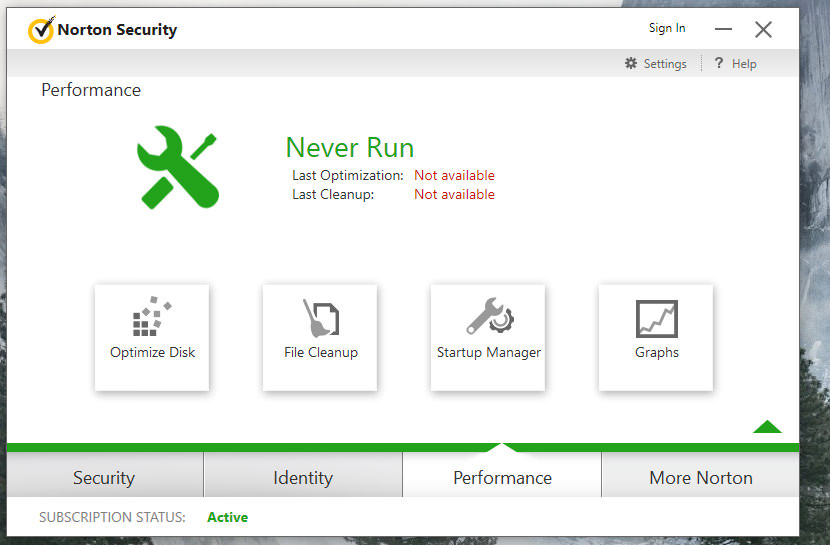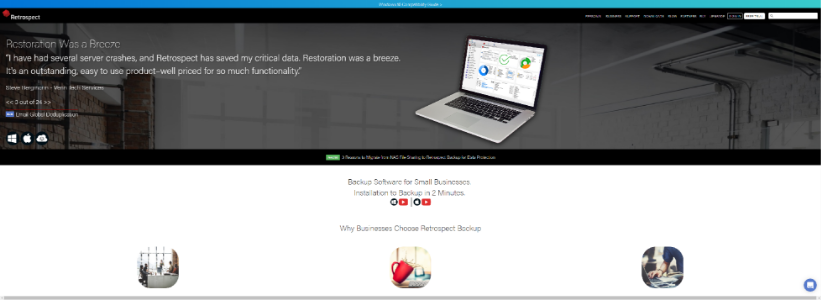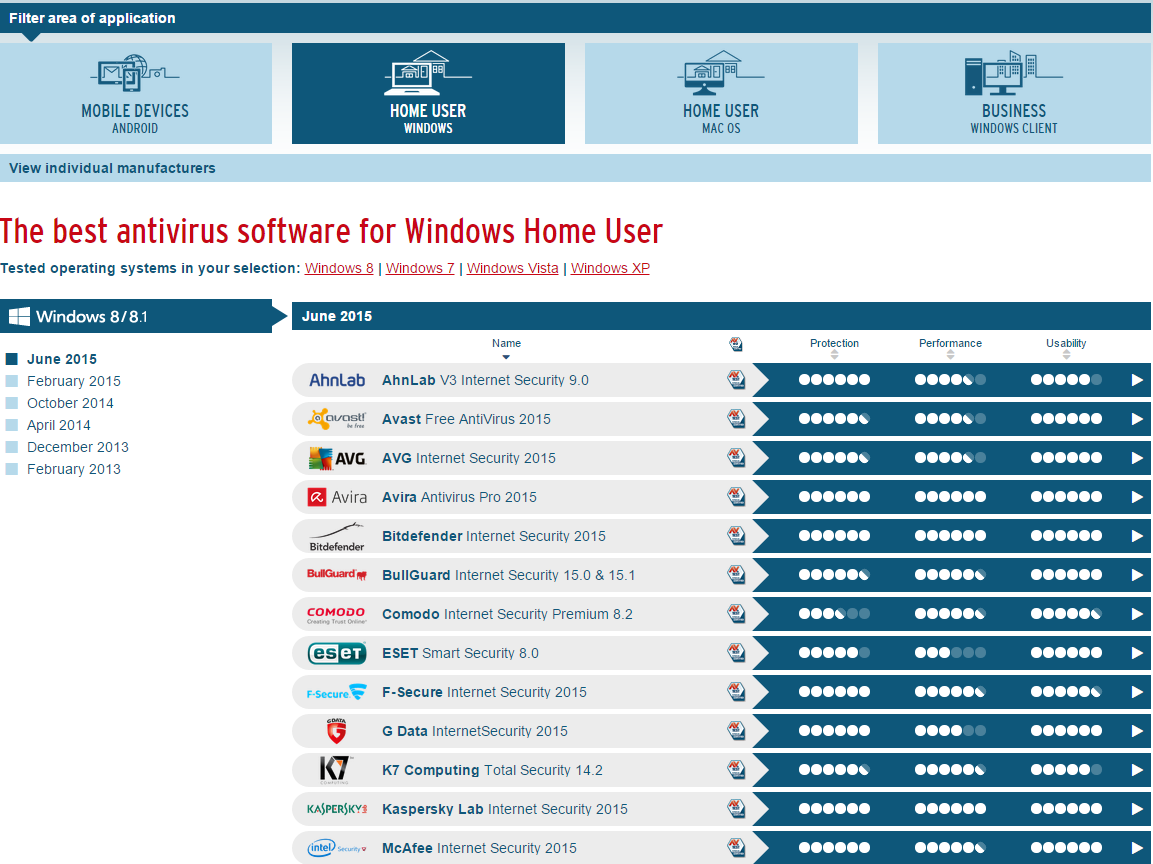There was a time when Apple’s Macs were considered the more secure alternative to Windows, simply because malware specifically aimed at these systems was a pretty rare thing, thus posing a super-low risk for users in the Apple ecosystem.
But as the security of Windows improved, the malicious actors out there also moved their attention to Apple computers, thus proving that virus infections don’t always come down to just one operating system.
Mac's security system isn't enough. While it's true that Mac's built-in security system does a great job of keeping malware away, it is not 100% effective. Malware has other ways of entering your. Protect your Mac from malware. MacOS has many features that help protect your Mac and your personal information from malicious software, or malware. One common way malware is distributed is by embedding it in a harmless-looking app. You can reduce this risk.
Best Free Antivirus Mac
This is how security software for macOS has become a must-have, and many users found out the whole thing the hard way after struggling to get rid of malware or other security threats.
Just like it happens on Windows, however, choosing a powerful antivirus solution for a Mac isn’t something that’s so easy to do, and it’s all because there are several vendors out there, and all claim they’re offering the best you can get in the Apple world.

Dashboard for mac os x 10.7. Needless to say, not everything is always as great as it sounds, and the engineers over at AV-TEST have tried to figure out what security products need a change by running comprehensive research that included the most popular antivirus solutions.
As per the organization’s testing approach, all security products were evaluated for their performance in three different categories, namely protection, system performance, and usability. The tested products were awarded a maximum of 6 points per test in case of flawless performance, so overall, the top score for an antivirus product could have been 18 points.
“During August and September 2020 we evaluated 5 home user security products for MacOS Catalina. We always used the most current version of all products for the testing. They were allowed to update themselves and query their in-the-cloud services. We focused on malware detection, false positives and performance,” AV-TEST explains.
The tested products are the following:
- Avast Security
- Avira Antivirus Pro
- Bitdefender Antivirus for Mac
- NortonLifeLock Norton 360
- Trend Micro Antivirus

Best Virus Protection For Mac 2018
Surprisingly, most security products performed pretty well and received the AV-TEST certification, though only three of them scored the maximum points.



Avira, NortonLifeLock, and Trend Micro are the vendors whose security solutions received six points for performance, six points for protection, and another six points for usability, therefore getting a final score of 18 points.
Free Mac Antivirus
On the other hand, Bitdefender Antivirus for Mac earned 5.5 points for protection, which lowered its score to 17.5 points. Avast Security scored just 5.5 points for protection and 5 points for performance, which means that its total score was just 16.5 points.
AV-TEST warned in a previous test that the number of malware aimed at Mac computers has improved substantially in the last decade.
“Older Mac users somewhat tend to shrug off the topic of malware protection for MacOS. One of the first counterarguments: 'Yes, but only a small number of viruses, Trojans and other threats are specially targeted to MacOS.' Perhaps that argument held water from 2008 to 2014, as up until that time, the AV-TEST database only counted 7,300 Mac malware samples. However: By 2016, there were already over 40,000, by 2018 over 80,000, and in 2020 there are now over 240,000 attackers for MacOS; time to beef up the defense,” the organization said.
But at the end of the day, keeping your data secure doesn’t just come down to running antivirus software on a computer, but also to simple practices that could be at least as efficient as dedicated solutions in this regard. For example, not downloading attachments coming from untrusted sources or visiting websites that might serve malicious content are both recommendations that could help keep you protected whenever you go online.